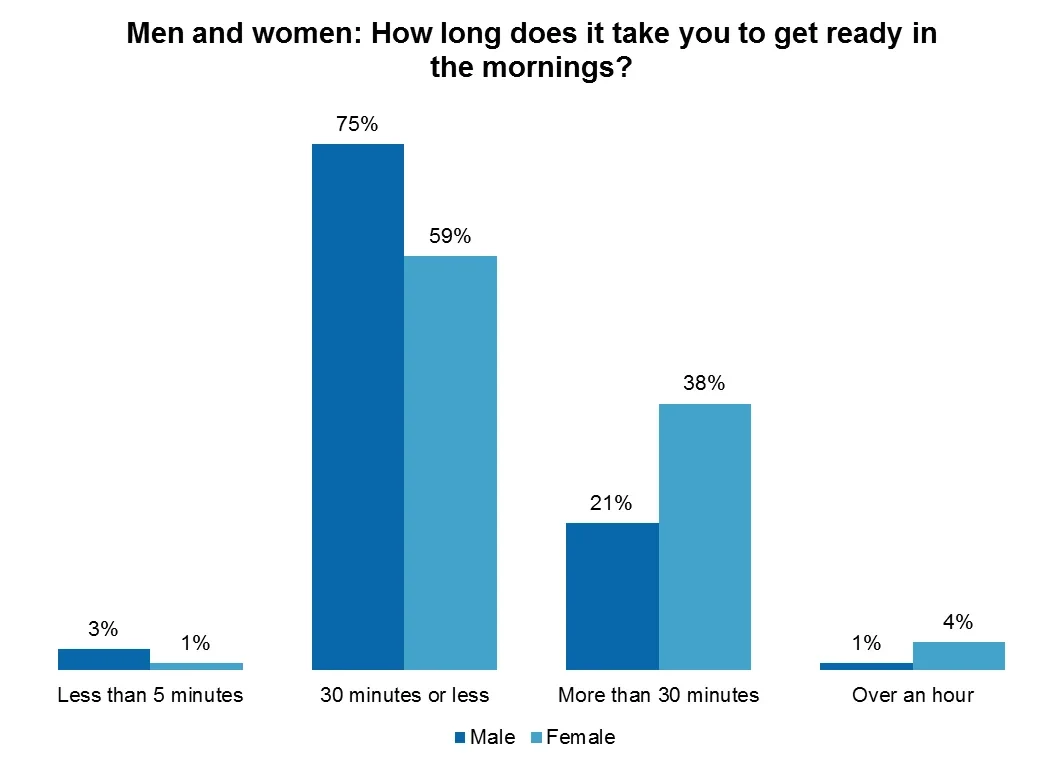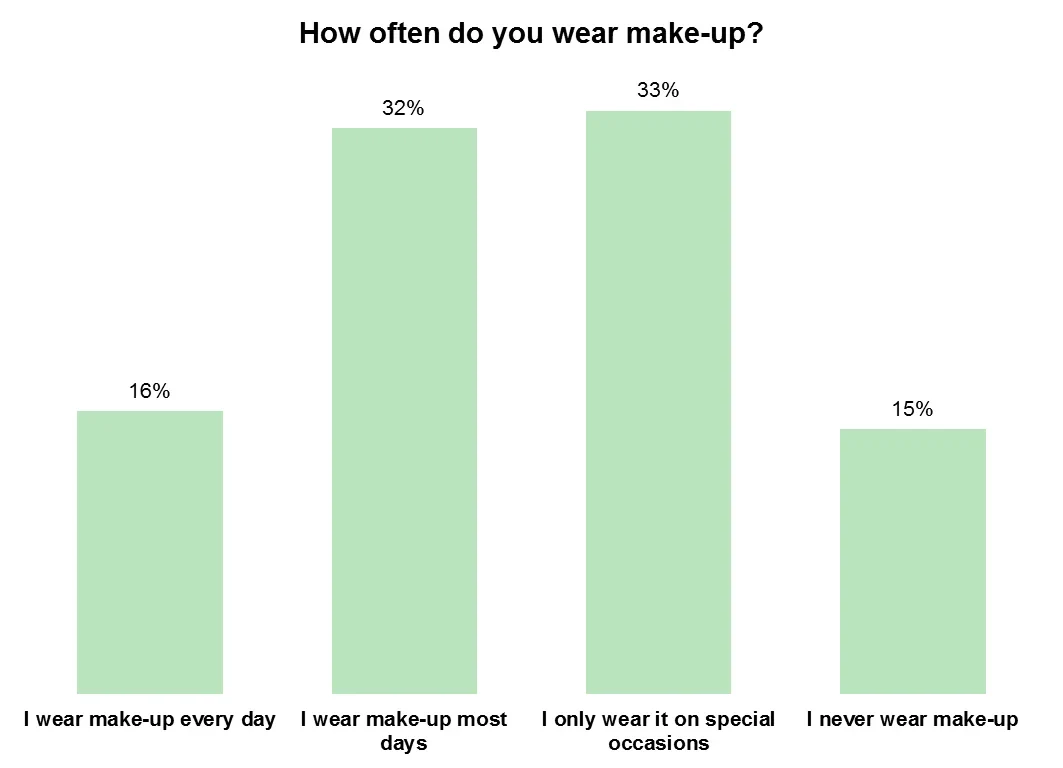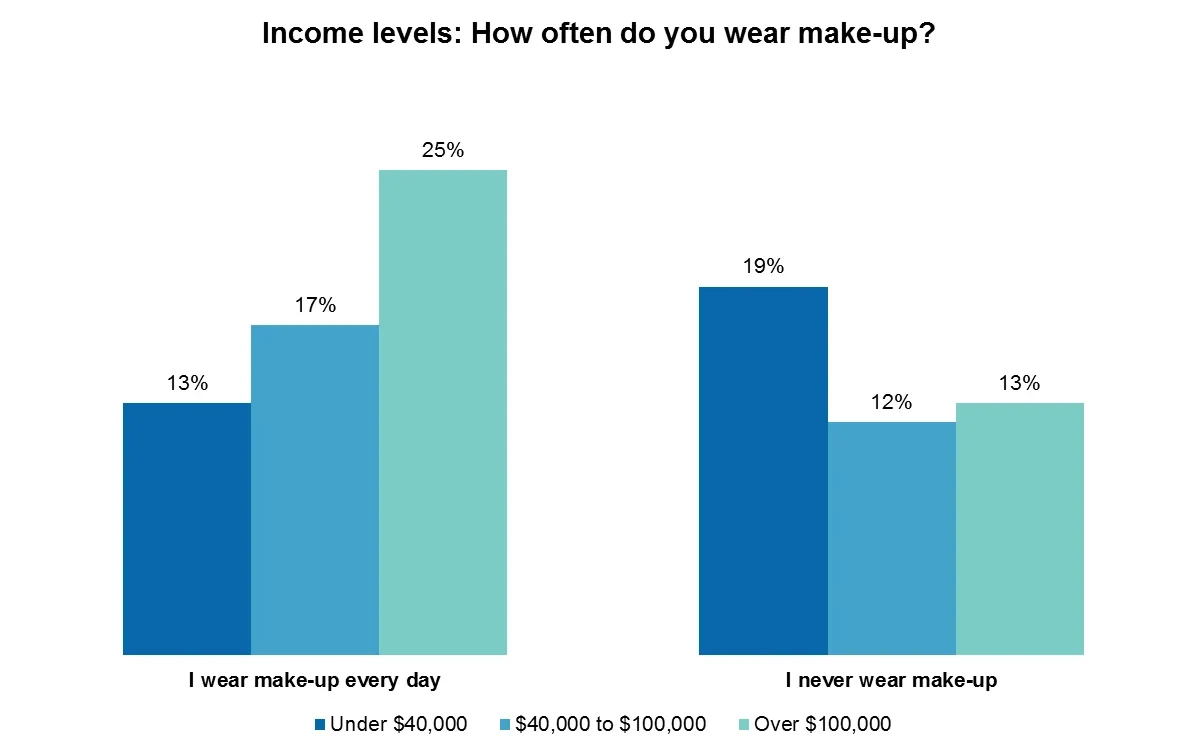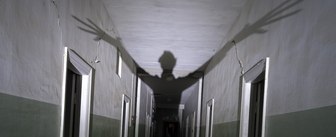Whether you’re a morning person or you tend to press the snooze button one too many times, getting ready in the mornings can be a chore. The bathroom line-up in the morning has led to many a family feud – while women are normally seen as the worst culprits when it comes to taking ages to get ready.
YouGov asked a nationally-representative sample of its respondents how much time they generally spend in the mornings. And the top prize for bathroom-hogging goes to female college graduates between the ages of 18 and 29 inclusive. People in this group are more likely than anyone else to spend more than one hour before they’re ready to leave their home. Here’s our breakdown of the data:
- The majority of us (56%) take any time between 11 and 30 minutes getting ready
- Only 2% take less than 5 minutes and 3% over an hour
- More women than men take longer to get ready with 21% men taking over 30 minutes and 38% women
- Perhaps this is because 16% of women wear make-up every day and 32% most days
- In contrast 15% of women never wear make-up and 33% only on special occasions
- 15% educated up to high school and 9% of college graduates take 10 minutes or less but 4% of graduates take over an hour – this is only 2% for high school or less
While most of us take less than half an hour, 38% of women spend longer than 30 minutes getting ready in the mornings (this is true of 21% of men) – that amounts to 7.6 days spent preening over the course of a year. The 4% of women and 1% of men who take longer than one hour getting ready tot up more than 15 days a year in preparing to leave the house.

There’s no doubt many women feel under pressure to look good and this perhaps explains why 38% of females responded that they take over 30 minutes to get ready. We went one step further and asked female respondents how often they wear make-up:

Income levels are likely to affect whether wearing make-up is part of the morning routine or saved for special occasions. Higher earners are more likely to reach for their mascara wand in the mornings than those earning less than $40,000.









